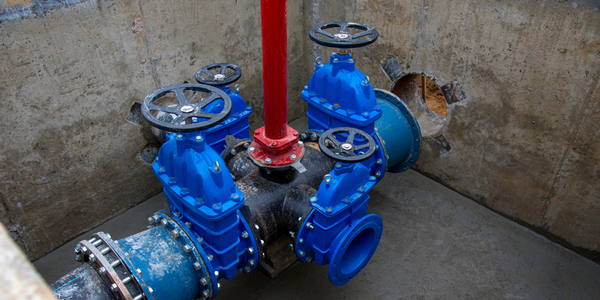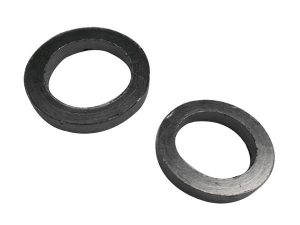What are some best practices for pipeline maintenance to minimize impact and maximize reliability?
Best practices for pipeline maintenance revolve around trenchless repair technologies and flexible gasket connections. Both of these emerging solutions minimize the need to dig up large sections of cities to repair the aging pipeline infrastructure.

A Growing Problem
According to the Forester Network, replacing all water pipes in the US would cost $1 trillion. Maintaining just wastewater sewer system pipelines in the US would cost more than $225 billion over the next two decades. Urban areas face the greatest challenges for pipe maintenance due to navigating a dense population and existing infrastructure.
Trenchless Solutions
Normally, excavation costs to cut through sidewalks or roads and around other utilities represent the largest cost for a pipeline repair or rehabilitation project. As a result, trenchless solutions are a clear alternative.
Common trenchless solutions include using powerful water jets or chemicals to break down and flush clogs. Hydraulic root cutters thread through the pipeline to address root growths without excavation. Then, powerful blades grind up any growth material and flush it through the pipes.
Furthermore, advanced sealing technologies can complete several kinds of minor repairs. For example, a chemical grout can be applied to small cracks or joints. The grout expands and fills the space around the leak or crack to seal it.
Finally, cured-in-place liner techniques are a popular alternative to trench repairs. Cured-in-place liners are essentially inserted into the aging pipeline. Heat cures the liner material and seals it to the old pipe, providing a leak-free solution without excavation.
Flexible Gaskets
Next, shifting ground and temperature fluctuations affect the country’s aging pipeline infrastructure. Often, these situations cause pipe breaks in patches along repaired lines. Repair technologies are now available that can accommodate these ground and temperature shifts. For example, a set of pressure-assisted gaskets allow connections to have some “give,” which protects connected pipes from future breaks.

Want to keep reading?
What are common use cases for using a pressure sensor in predictive maintenance?
How can preventive maintenance prevent an offshore oil spill?
Industrial IoT Sensors: What Are They and Which Businesses Use Them
4,000+ COMPANIES RELY ON ASSET OPERATIONS MANAGEMENT
Leading the Way to a Better Future for Maintenance and Reliability
Your asset and equipment data doesn't belong in a silo. UpKeep makes it simple to see where everything stands, all in one place. That means less guesswork and more time to focus on what matters.


![[Review Badge] GetApp CMMS 2022 (Dark)](https://www.datocms-assets.com/38028/1673900459-get-app-logo-dark.png?auto=compress&fm=webp&w=347)
![[Review Badge] Gartner Peer Insights (Dark)](https://www.datocms-assets.com/38028/1673900494-gartner-logo-dark.png?auto=compress&fm=webp&w=336)
